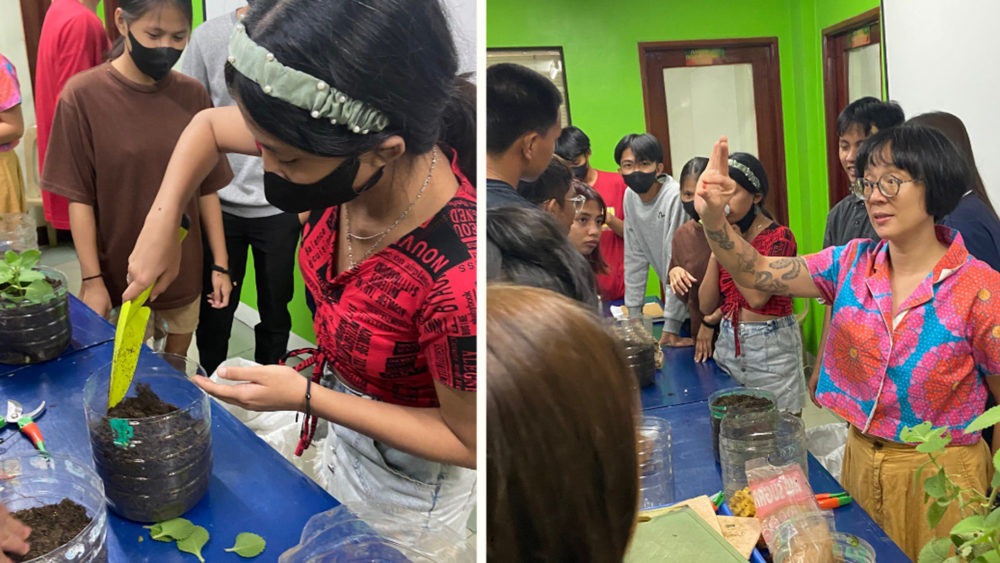From Garbage to Greens
Cultivating urban poor youth participation in addressing food security through community-led gardens
Urban poor areas in Metro Manila, Philippines are affected by both chronic poverty and the inaccessibility of basic necessities like food amid the COVID-19 pandemic. During the series of lockdowns during the pandemic surge in 2020 and 2021, urban poor residents are faced with loss of jobs and income, limited mobility and consequently, hunger.
Barangay Payatas in Quezon City is no different and perhaps much worse off. Many residents of the barangay live within the dumpsite and are thus, vulnerable to hunger and malnutrition. The dumpsite itself poses risk to the residents. In 2000, the Payatas landfill garbageslide led to the death of more than 200 people while over 300 people were never found when heavy rains caused the garbage to cave in and swallow houses within it.
Even before the pandemic, the lack of livelihood opportunities pushed residents to the informal economy, resorting to practices such as “pangangalakal” (selling scavenged plastic and metal scraps) and “pagpag” (consuming or selling food scraps). This situation has also made children and youth susceptible to vices and anti-social activities, and has posed risk to their mental health. During the pandemic, even “pagpag” has become scarce since operations of restaurants and fast food chains remain limited.
Residents, particularly children and youth, are also at a higher risk to diseases (NCDs such as malaria, dengue, etc.) due to the pollution in the area.
Objective
- To enhance skills and capacities on waste management practices, urban gardening, nutrition and healthy diet.
- To contribute to addressing malnutrition and food insecurity among children and youth in the community through the urban garden component of the project.
- To serve as a diversion from antisocial activities (such as tobacco and alcohol use), hence, essentially contributing to child and youth participants’ attitude towards these activities. Also, it can serve as a worthwhile activity to alleviate mental health problems that children and youth in the community are experiencing.

